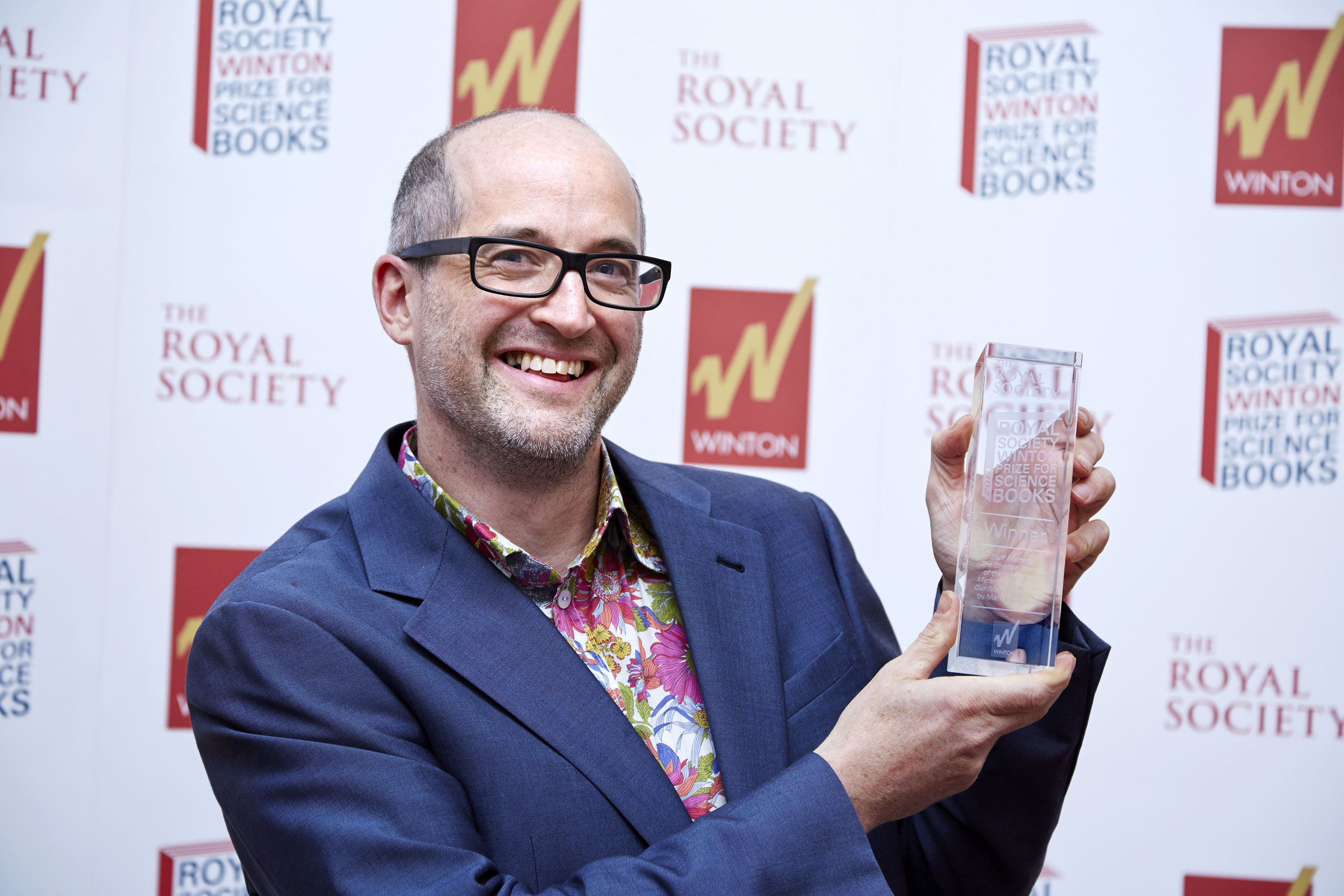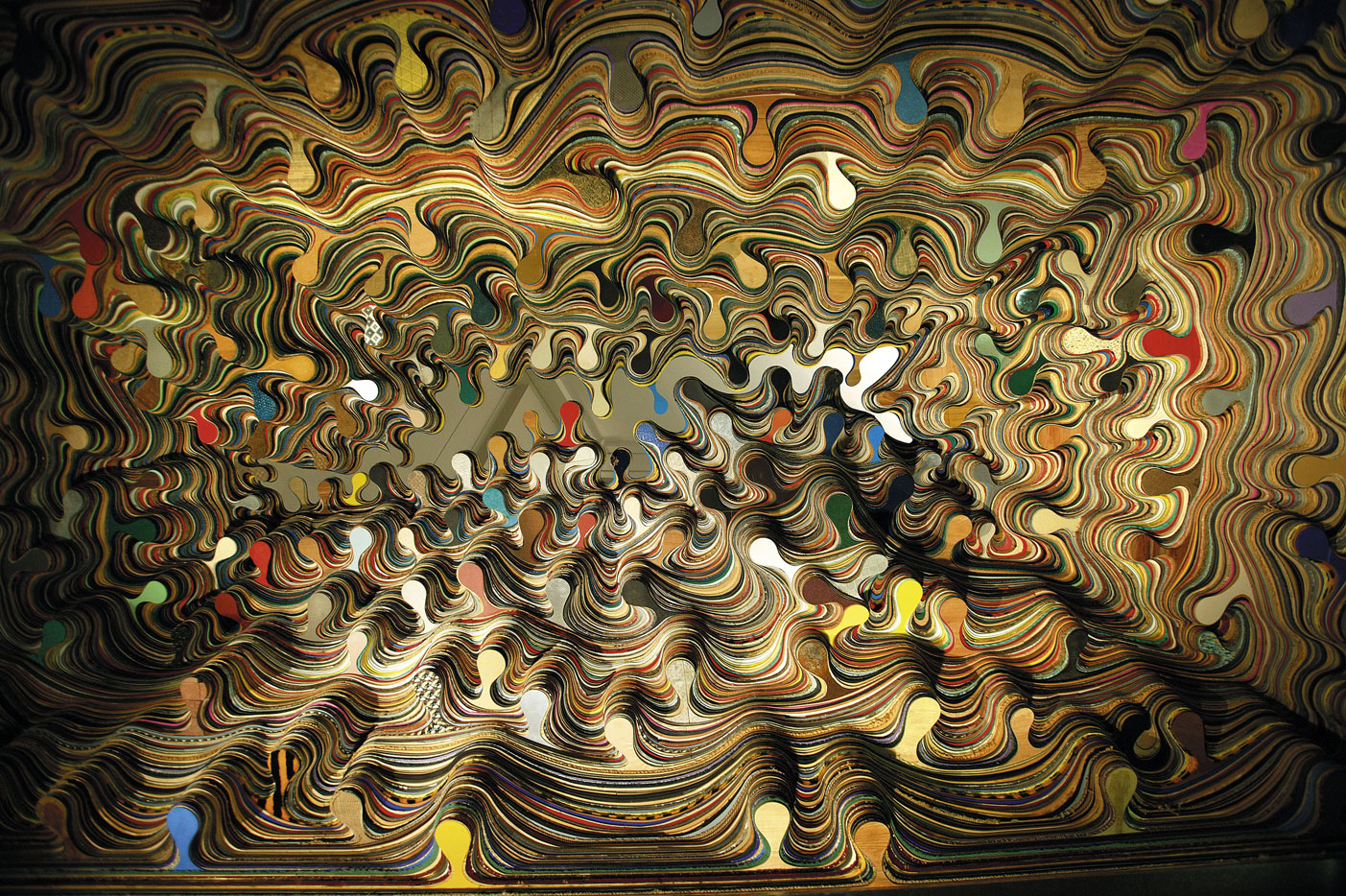Materials scientist, author and TV presenter Professor Mark Miodownik has won the most prestigious science book prize in the world, with his personal journey through our material world.

Stuff Matters: The Strange Stories of the Marvellous Materials that Shape Our Man-made World, was yesterday (10 November) named the winner of the 2014 Royal Society Winton Prize for Science Books at the Royal Society in London.
The £25,000 prize was awarded to the University College London professor by Sir Paul Nurse, Nobel Prize-winning President of the Royal Society, with anatomist, author and broadcaster Professor Alice Roberts hosting the event.
Speaking at the awards ceremony, Miodownik told the BBC, “This stuff around us is speaking through me. Materials are not inert things, I hope I have given them a voice in this book. I think it’s an important story.”

The Science Museum’s Challenge of Materials gallery explores the changing use of materials, from Egyptian glass to a steel wedding dress. Perhaps the most striking features are a magnificent glass bridge spanning the main hall and Materials House, the first publicly commissioned work from designer Thomas Heatherwick. This enormous sculpture, made from 213 different materials, invites visitors to reflect on how materials are used in everyday life.
The six shortlisted books include The Cancer Chronicles by George Johnson, The Perfect Theory by Pedro G. Ferreira, Stuff Matters by Mark Miodownik, Serving the Reich by Philip Ball, Seven Elements That Have Changed The World by John Browne and Gulp by Mary Roach. Each of the shortlisted authors received £2,500 and interviews with the authors can be seen here. Last year’s winner of the Royal Society Winton Prize for Science Books was best-selling author James Gleick, who recently helped celebrate the opening of the Information Age gallery.
The Prize is sponsored by Winton Capital Management, who’s founder David Harding has a long record of working with the Science Museum, having supported the Information Age gallery, the award-wining Collider exhibition and a new Mathematics gallery that opens in 2016.